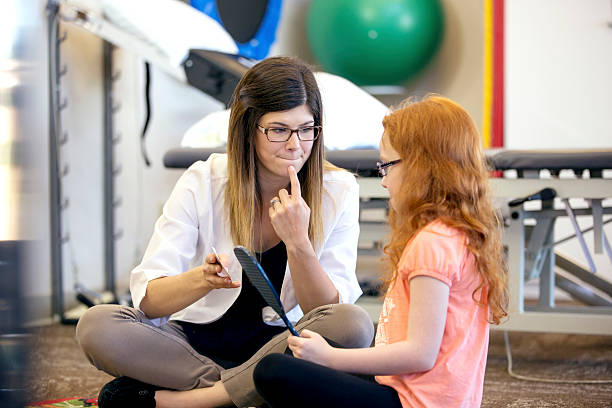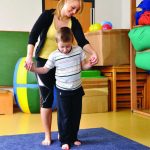Speech therapy techniques might include:
- Typing or Signing
- Creating Picture boards for interacting exchange communication with children suffering from ASD. Gradually children can start relying on using pictures instead of words to help children learning to communicate
- Electronic machines – Talkers
- Identifying and using sounds to which a person is over- or under-sensitive to expand and compress speech sounds
- Physical massaging or exercising of lips and facial muscles for improving articulation of speech.
- Encouraging individuals to sing songs composed to match the rhythm, stress, and flow of sentences
Advantages of Speech Therapy in ASD
All aspects of communication can improve which can lead to people with autism to improve their ability to create and bond in relationships and function in day-to-day life.
Specific goals of speech therapy include helping the individual with autism:
- Improving conversational skills and communication skills to develop relationships
- Words formation and articulation
- Verbal and non-verbal communication
- Initiate communication without prompting from others
- Know the appropriate time and place to communicate something; for example, when to say “good morning”
- Express and share ideas
- Enjoy communicating, playing, and interacting with others and friends
- Learn self-regulation
Suitable time to start Speech Therapy in Autism
The earlier started the better it is for the affected. An autism spectrum disorder is usually evident before age 3, and language delays can be recognized as early as 18 months of age. Individualized and intensive treatment can help lessen the disabling isolation that may result from this social communication disability.
With early identification and intervention, two out of three pre-school children with autism improve communication skills and their grasp of the spoken language. Research shows those who improve the most are often those who receive the most speech therapy.




